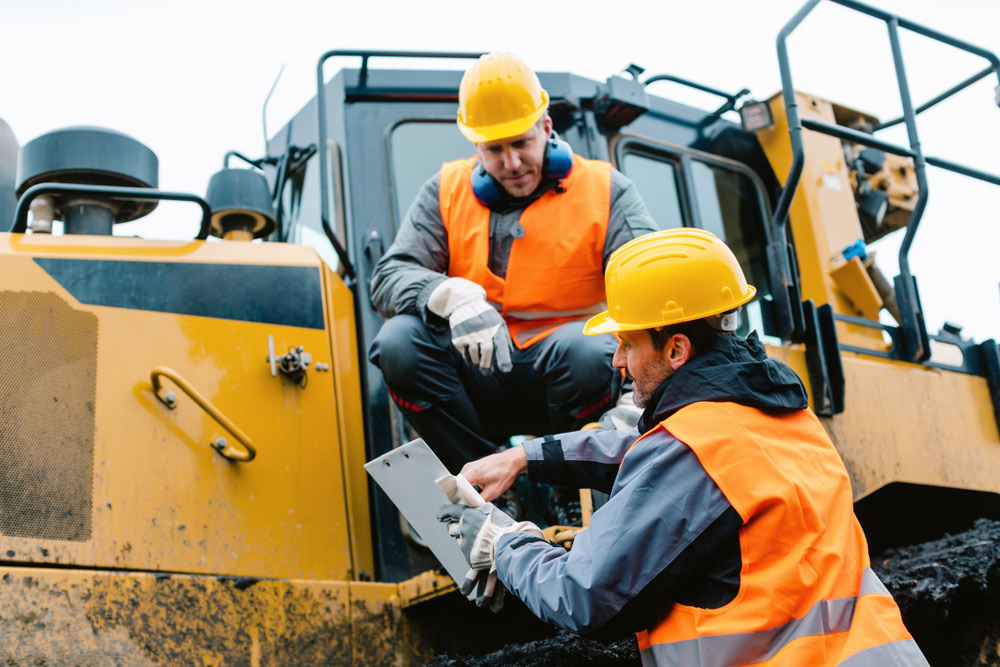Hiring equipment for construction and DIY projects has become increasingly popular in recent times. The equipment can range from small tools to large machinery, depending on the task at hand. Choosing to hire can offer various benefits such as cost savings, access to the latest equipment, flexibility, reduced maintenance costs, reduced risk and more.
However, it goes without saying that when using hired equipment, safety should always remain a top priority. Whether you’re a professional or a novice, it’s important to understand the safety procedures and guidelines for the equipment you’re using. In this blog, we’ll explore important safety tips when using hired equipment.

Proper Training And Certification For Equipment Operation
Before using hired equipment, you should ensure you have the proper training and certification. Many types of equipment require specific skills and licences in order to operate, so it’s vital to complete the necessary courses—not just for your safety, but to avoid hefty fines as well. If you’re unsure about what training or certification is required, contact the hiring company for guidance.
Conducting Pre-use Inspections
Before using any equipment, you should conduct a pre-use inspection to ensure it’s in good working condition. This can involve checking for any signs of damage, ensuring all safety features are in place and functioning correctly. You should also assess moving parts to check that they are properly lubricated. Any faults or issues must be reported to the hiring company immediately, with the equipment pulled off the line until the issue has been resolved.
Adhering To Manufacturer's Instructions
Every piece of hired equipment comes with a set of instructions from the manufacturer. It’s important to read and follow these instructions carefully to ensure the equipment is used safely and effectively. The instructions may include information on proper use as well as maintenance and safety guidelines specific to the machinery.
Proper Use Of Personal Protective Equipment (PPE)
Personal protective equipment (PPE) should be worn when using hired equipment. This can include items such as hard hats, safety glasses, gloves and steel-toed boots. PPE is designed to protect the user from hazards such as falling objects, sharp edges and loud noises. The hiring company should provide the necessary PPE for all equipment.
Maintaining Equipment And Reporting Faults
Proper maintenance of hired equipment is important for ensuring its safe and effective use. Regular cleaning and servicing should be performed, and any faults or issues should be reported to the hiring company immediately. Do not attempt to repair or modify the equipment without the proper training and certification.
Safe Practices During Equipment Use
When using hired equipment, it’s important to follow safe practices to prevent accidents and injuries. This can include using equipment on a stable surface or within its rated capacity, while avoiding sudden movements or jerky motions. It’s also important to keep a safe distance from other people and objects while using the equipment.
Working With Hired Equipment In Hazardous Environments
When working with hired equipment in hazardous environments, additional safety precautions may be necessary. This can include ensuring all personnel are trained in emergency procedures, using equipment with additional safety features such as explosion-proofing or dust collection, as well as specialised PPE such as respirators or chemical-resistant clothing.
Emergency Procedures And Response Planning
In the event of an emergency or accident involving hired equipment, it’s important to have a response plan in place. This should include procedures for contacting emergency services, evacuating the area and providing first aid if necessary. All personnel should be trained in the response plan and know their roles and responsibilities should an emergency arise.


